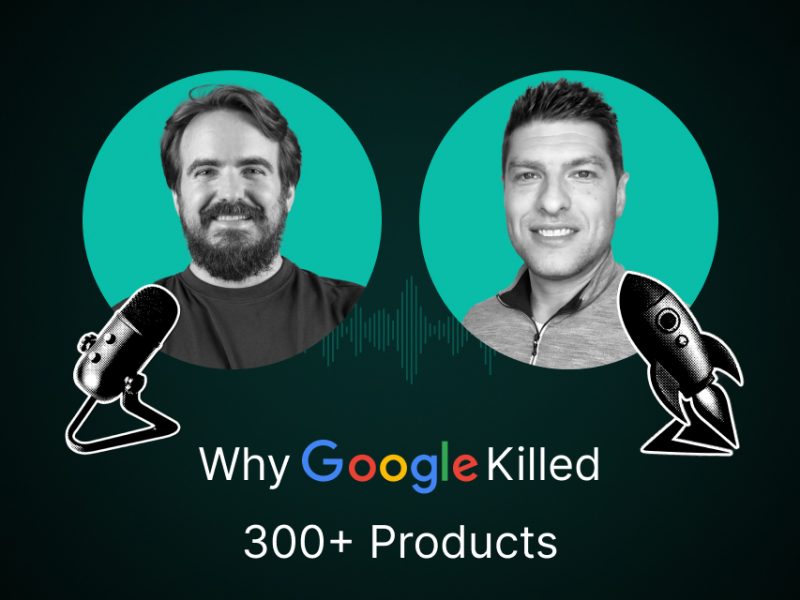What if the secret to great innovation isn’t creating something wildly new but smashing together the right inputs at the right time? In this episode of Innovation Impossible, Danniel sits down with Alistair Renie, Global Head of Innovation & Thought Leadership at Protocol Theory and former Google strategist. Together, they unpack a fresh way of thinking about product strategy, the evolving role of insights, and why building for “passengers” beats building for “pilots.”
From insights at Google to groundbreaking crypto work, Alistair has spent over 20 years translating complex ideas into clear, usable strategies. And in this conversation, he reveals the simple but powerful model that guides his thinking and how it helped him nearly launch a mobile wallet product before the market was ready.
Let’s walk through the main takeaways from the episode.
A System for Innovation That Actually Works
At the heart of Alistair’s work is a deceptively simple Venn diagram model with three circles: your product, the macro environment, and your consumer.
Start with your product: What makes it strong and unique?
Next, zoom out to the macro trends across economic, cultural, technological, and legal forces that could either fuel or crush your idea.
Finally, zero in on the consumer: What job are they hiring your product to do? Use frameworks like “Jobs to Be Done” to uncover real pain points.
The goal? Smash all three together. “When the right elements start to come together, they create gravity,” Alistair explains. That gravity attracts investors, users, stakeholders, and momentum. It’s not about luck. It’s about orchestrating the right collisions.
Why Google Missed Its Own Mark
During his time at Google, Alistair witnessed the company launch nearly 300 products that ultimately didn’t stick. The reason? A lack of integration between engineering and insights. “All that behavioral data we had never made it into product development,” he says. Instead, many teams built without understanding the macro forces or user needs.
That disconnect led to shiny but shallow products like messaging apps and social platforms that mimicked others without offering meaningful differentiation. And while Google could afford a few misses, most innovators can’t.
The Messy Middle: How We Really Buy
One of Alistair’s biggest contributions at Google was defining the “messy middle”, the non-linear chaos where consumers explore and evaluate options before buying. With behavioral science in hand, his team identified six key nudges that help people move from discovery to decision. The framework became the most-read global publication in Google’s history.
Build for Passengers, Not Just Pilots
Now at Protocol Theory, Alistair is applying his model to the blockchain space. One of his sharpest insights is that most crypto products are still being built for “pilots.” These are users who love the tech, understand the systems, and want control over every detail. But as Alistair puts it:
People don’t know how airplanes work. They just want to get where they’re going.” Mass adoption doesn’t come from building for the fringe—it comes from designing for “passengers.
To help teams understand how to shift their focus, Alistair points to Everett Rogers’ classic diffusion of innovation curve. Innovators and early adopters (the pilots) may have already embraced the product, but the real opportunity lies in reaching the early and late majority, people who don’t care how the engine works, only that it runs smoothly.
Alistair’s team uses five key adoption factors to guide this shift: observability, trialability, complexity, compatibility, and relative advantage. Right now, most Web3 tools score low across the board. Until that changes, crossing the chasm from niche to mainstream will stay out of reach.
The Invitation
From legacy brands like the UK Post Office to bleeding-edge blockchain startups, Alistair Rennie’s approach offers a roadmap for anyone building something new. It’s not about guessing what will work. It’s about strategically colliding the right inputs and letting gravity do the rest.




